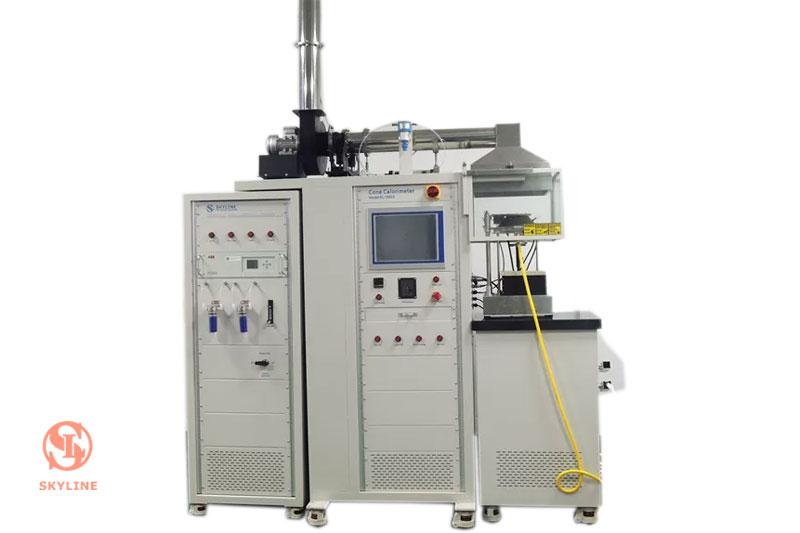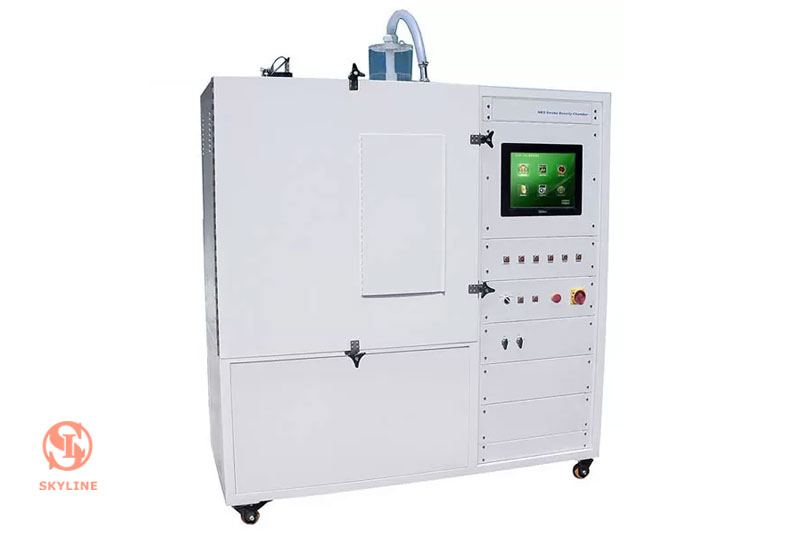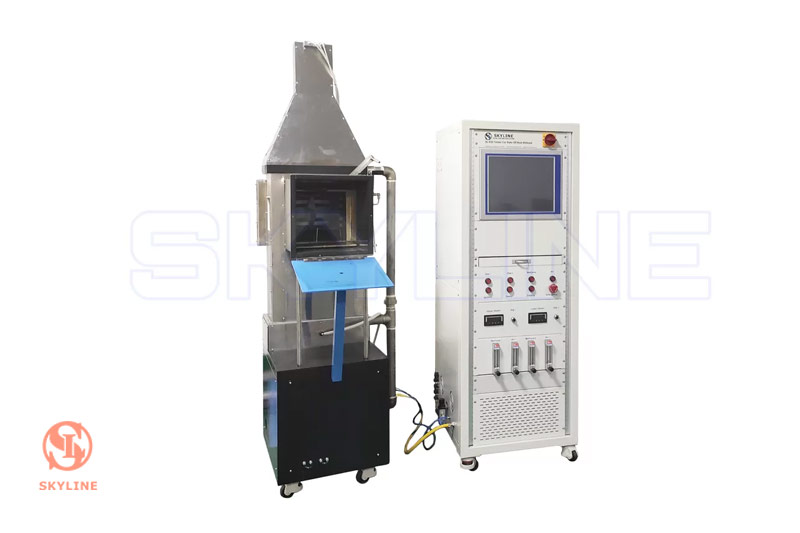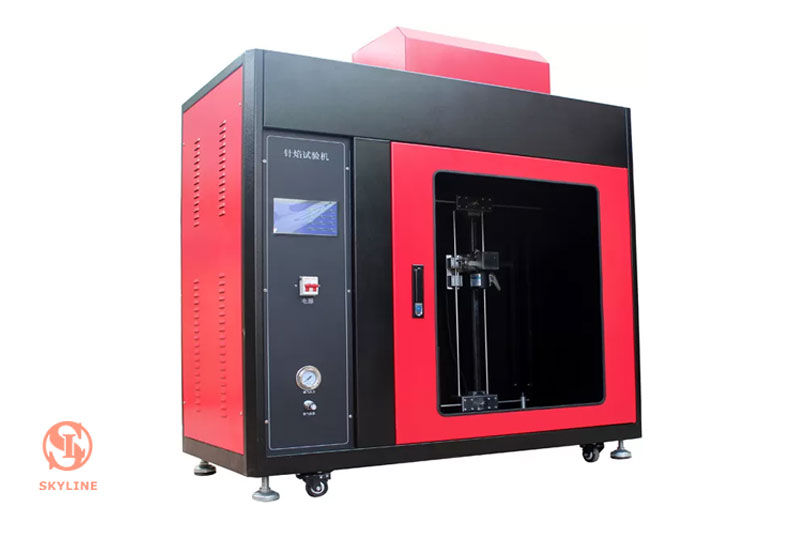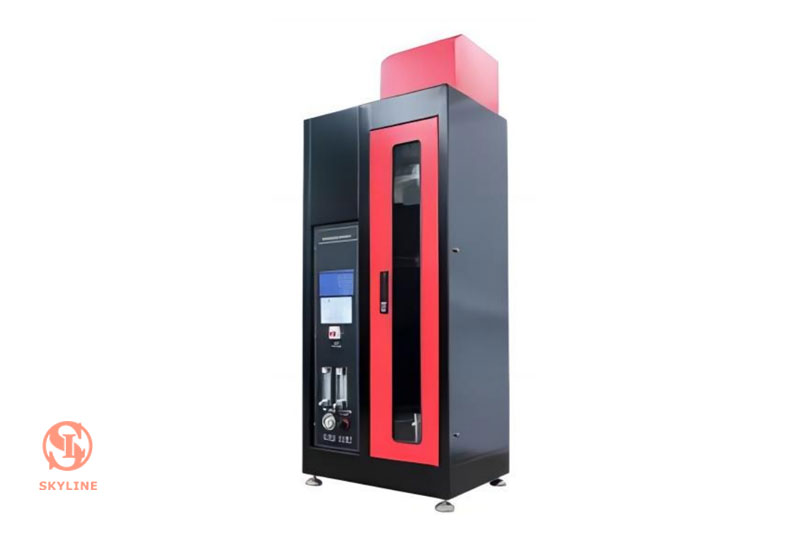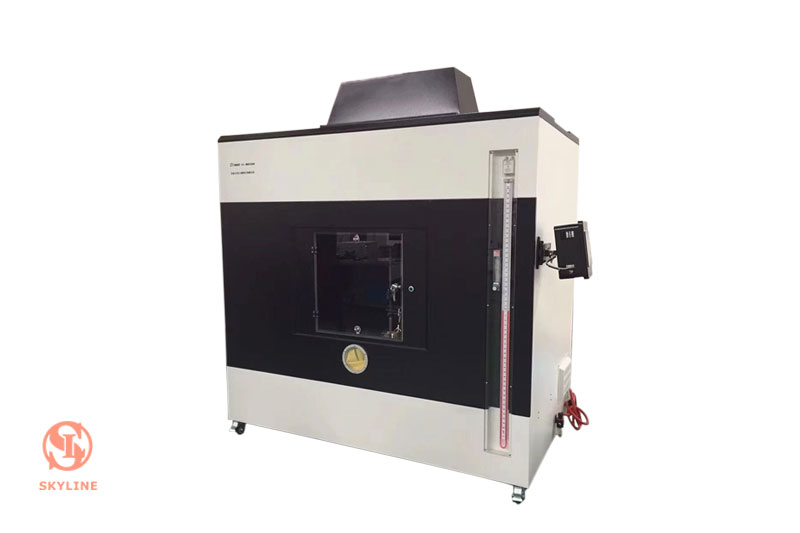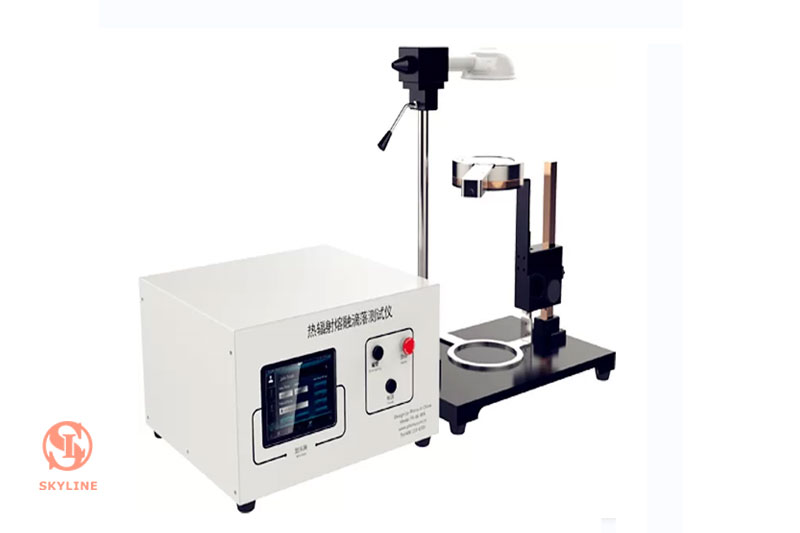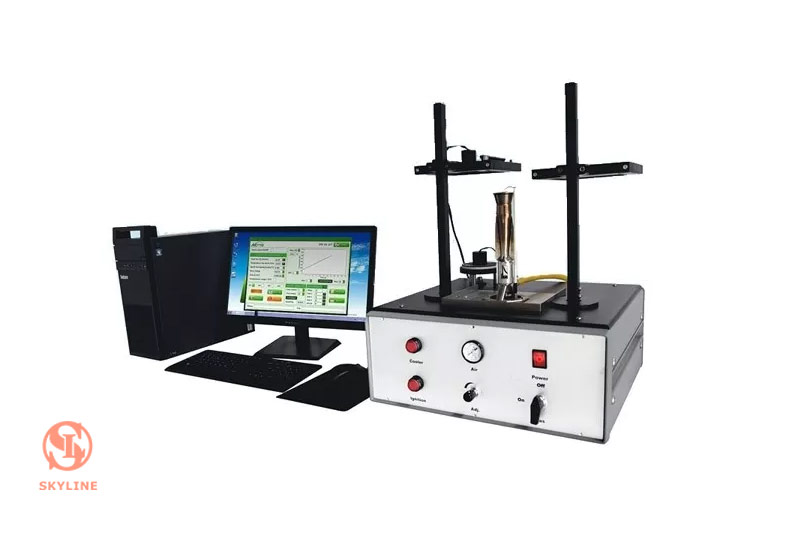Cone calorimeter test procedure
Time: Author: SKYLINE Editor
During a cone calorimeter test, a specimen of the material to be tested is placed in a chamber and subjected to a controlled flame. The heat release rate, smoke production, and other fire-related properties of the material are measured and recorded. The results of the test can be used to evaluate the material's fire resistance and to develop fire safety standards and guidelines.
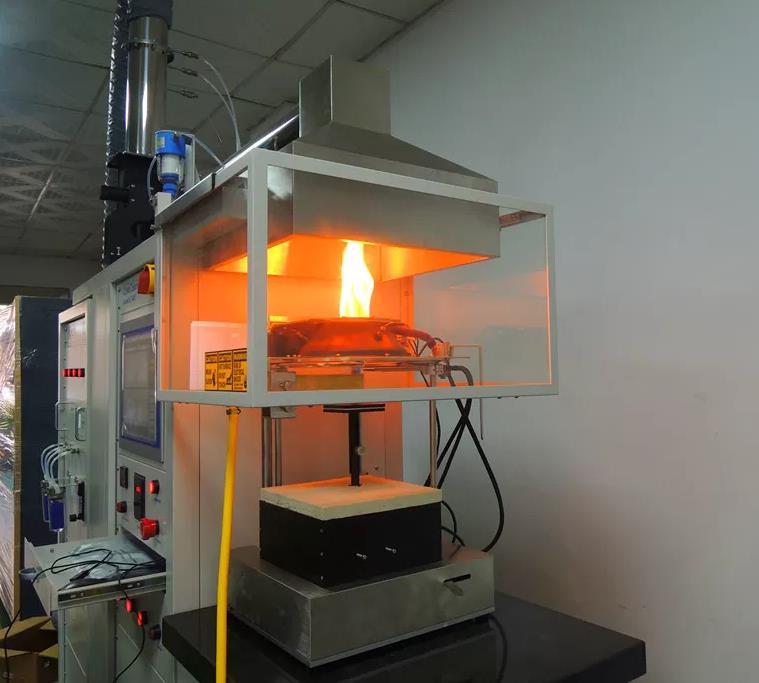
Here is a general overview of the procedure for conducting a cone calorimeter test:
1.Set up the cone calorimeter according to the manufacturer's instructions. This typically involves placing the specimen in the chamber and positioning the ignition source (such as a gas burner or electric heater).
2.Preheat the specimen to a specified temperature.
3.Ignite the specimen and allow it to burn for a predetermined period of time.
4.Measure and record the heat release rate, smoke production, and other relevant parameters throughout the test. This is typically done using sensors and data logging equipment.
5.Extinguish the flame and allow the specimen to cool.
6.Analyze the data collected during the test to determine the material's fire performance characteristics.
It's important to carefully follow the manufacturer's instructions and any applicable safety guidelines when conducting a cone calorimeter test. The test can produce high temperatures and flames, so proper precautions should be taken to ensure the safety of the operator and any bystanders.

